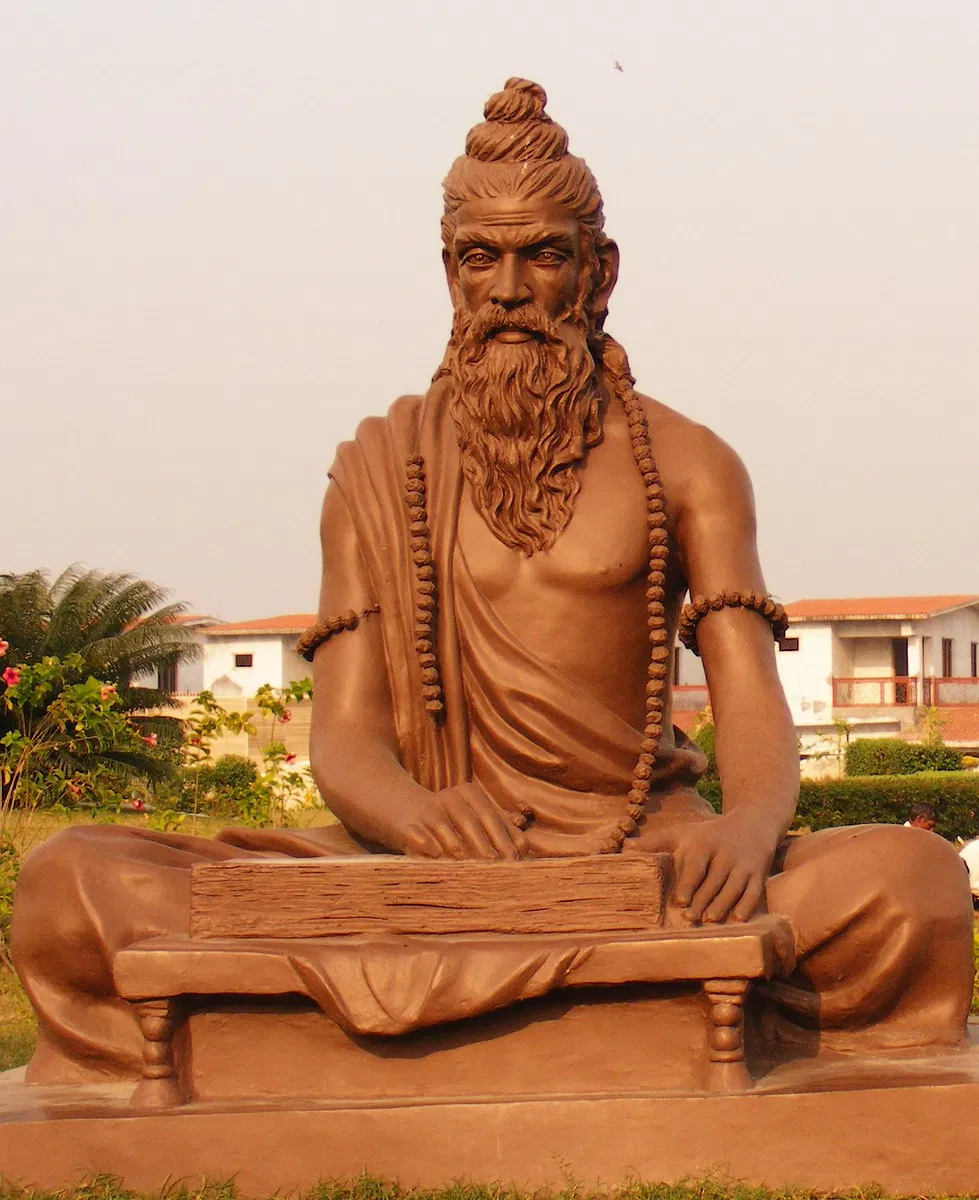What is Ayurveda?
Traditional Indian medicinal sciences, also known as Ayurveda, have a rich cultural and historical background that goes back thousands of years. Ayurveda is considered to be one of the oldest systems of medicine in the world, and it originated in India around 5,000 years ago.
The term “Ayurveda” is derived from the Sanskrit words “ayur” (life) and “veda” (knowledge), and it is based on the idea that health and wellness depend on a delicate balance between the mind, body, and spirit.
Ayurveda is one of the Oldest systems of medicine in the world and originated in India about 5000 years ago
What medicines do you use in Ayurveda?
Ayurvedic medicine emphasizes the use of natural remedies, including herbs, minerals, and other natural substances, to treat and prevent illnesses.
In addition to herbal remedies, Ayurvedic medicine also includes a range of other practices, such as massage, yoga, meditation, and dietary guidelines.
Ayurveda is still widely practiced in India and is gaining popularity in other parts of the world as well.
What’s something that’s unique about Ayurveda?
Ayurveda also has a long history of surgical procedures, with ancient texts like the Sushruta Samhita (dating back to 600 BCE) describing surgical techniques for various conditions, including cataracts, fractures, and tumors. The text describes procedures such as rhinoplasty (nose surgery), which was performed using techniques similar to those used in modern plastic surgery.

Sushruta (c. 7th or 6th century BCE) was a physician in ancient India known today as the “Father of Indian Medicine” and “Father of Plastic Surgery” for inventing and developing surgical procedures. His work on the subject, the Sushruta Samhita (Sushruta’s Compendium) is considered the oldest text in the world on plastic surgery and is highly regarded as one of the Great Trilogy of Ayurvedic Medicine; the other two being the Charaka Samhita, which preceded it, and the Astanga Hridaya, which followed it.
Sushruta, an ancient surgeon wrote surgical techniques over a thousand years ago – 600 BCE – from cataracts to plastic surgery (nose jobs)
Water purification in Ancient India
In ancient India, the knowledge of water purification was already established. The Rig Veda, one of the oldest religious texts in the world dating back to 1500 BCE, describes several methods of water purification. One such method involved boiling water with herbs and letting it cool to remove impurities.
The ancient Indian text Charaka Samhita, written around the 2nd century BCE, also describes several methods of water purification, including boiling, filtering, and exposing it to sunlight.
Ayurveda was practiced in India for centuries before the Greek physician Hippocrates (c. 460 – c. 379 BCE), known as the Father of Medicine, was even born.
Overall, traditional Indian medicinal sciences, including Ayurveda and surgical techniques, have a deep cultural and historical background in India and have been practiced for thousands of years.
While modern medicine has certainly evolved over time, many people still turn to traditional Indian medicinal practices for their health and wellness needs.
Learn what a Neem is and what it has to do with dental or oral hygiene in India.
